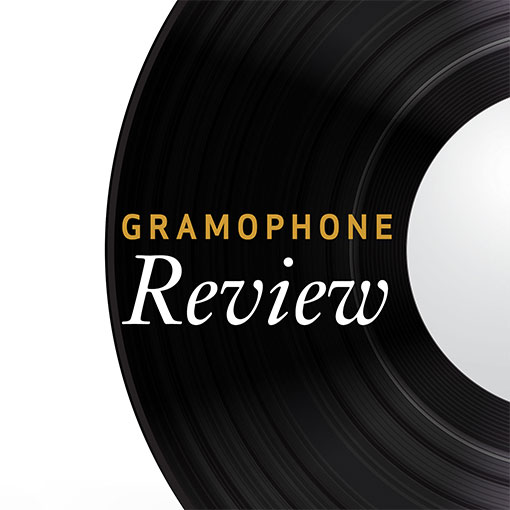Schubert Chamber Works
View record and artist detailsRecord and Artist Details
Composer or Director: Franz Schubert
Label: Decca
Magazine Review Date: 2/1993
Media Format: CD or Download
Media Runtime: 72
Mastering:
DDD
Catalogue Number: 430 516-2DH

Tracks:
| Composition | Artist Credit |
|---|---|
| Octet |
Franz Schubert, Composer
Franz Schubert, Composer Vienna Octet |
Author: Christopher Headington
This is a pleasing account of Schubert's Octet for three wind and five strings including double-bass, with warm and bassy sound to match. Noticing that it was recorded in the Mozartsaal in the Vienna Konzerthaus, I wondered at first whether it would have been even better for the players to have found a more spacious acoustic so that the listener was placed at a greater distance from the music. The music itself is, of course, on a big scale. With the exposition repeat in the first movement observed, it takes nearly nine minutes to reach the development section and the movement takes 15 minutes in all, with five movements still to come. But the tempo of this Allegro is well chosen being brisk yet unhurried, and the affectionate quality of the interpretation as a whole is never in doubt.
Indeed, the adjective that keeps coming to my mind as I listen is 'Viennese', which is appropriate for the music and the players: the golden horn tone, liquid clarinet and sweet but slightly 'slidy' lead violin are all part of that incomparable style. For some tastes, it may be a touch bland (for example, the Adagio second movement is charming rather than searching), but I find no difficulty in going along with this interpretation, while recognizing that one might wish also to have others on one's shelves, such as the ASMF Chamber Ensemble (Chandos) and the Gaudier Ensemble (ASV). The scherzo is delightfully poised and sprung, and one would have to be an austere listener to fail to respond to the Andante with seven variations which, once again, is played with the repeats as written.
The dramatic and somewhat orchestral slow introduction to the finale leads well into the busy Allegro that is the main part of the movement which also comes over effectively although the triplets sound breathless at this brisk pace. However I note that in the return of the Andante molto music near the end, the first violin sometimes plays an octave higher than written in the score: is there a tradition for this? The other work on this disc is most attractive and is played very stylishly here by a wind octet. It dates from 1813 and thus belongs to Schubert's boyhood, apparently having been written for the wind section of his school orchestra.'
Indeed, the adjective that keeps coming to my mind as I listen is 'Viennese', which is appropriate for the music and the players: the golden horn tone, liquid clarinet and sweet but slightly 'slidy' lead violin are all part of that incomparable style. For some tastes, it may be a touch bland (for example, the Adagio second movement is charming rather than searching), but I find no difficulty in going along with this interpretation, while recognizing that one might wish also to have others on one's shelves, such as the ASMF Chamber Ensemble (Chandos) and the Gaudier Ensemble (ASV). The scherzo is delightfully poised and sprung, and one would have to be an austere listener to fail to respond to the Andante with seven variations which, once again, is played with the repeats as written.
The dramatic and somewhat orchestral slow introduction to the finale leads well into the busy Allegro that is the main part of the movement which also comes over effectively although the triplets sound breathless at this brisk pace. However I note that in the return of the Andante molto music near the end, the first violin sometimes plays an octave higher than written in the score: is there a tradition for this? The other work on this disc is most attractive and is played very stylishly here by a wind octet. It dates from 1813 and thus belongs to Schubert's boyhood, apparently having been written for the wind section of his school orchestra.'
Discover the world's largest classical music catalogue with Presto Music.

Gramophone Digital Club
- Digital Edition
- Digital Archive
- Reviews Database
- Full website access
From £8.75 / month
Subscribe
Gramophone Full Club
- Print Edition
- Digital Edition
- Digital Archive
- Reviews Database
- Full website access
From £11.00 / month
Subscribe
If you are a library, university or other organisation that would be interested in an institutional subscription to Gramophone please click here for further information.





